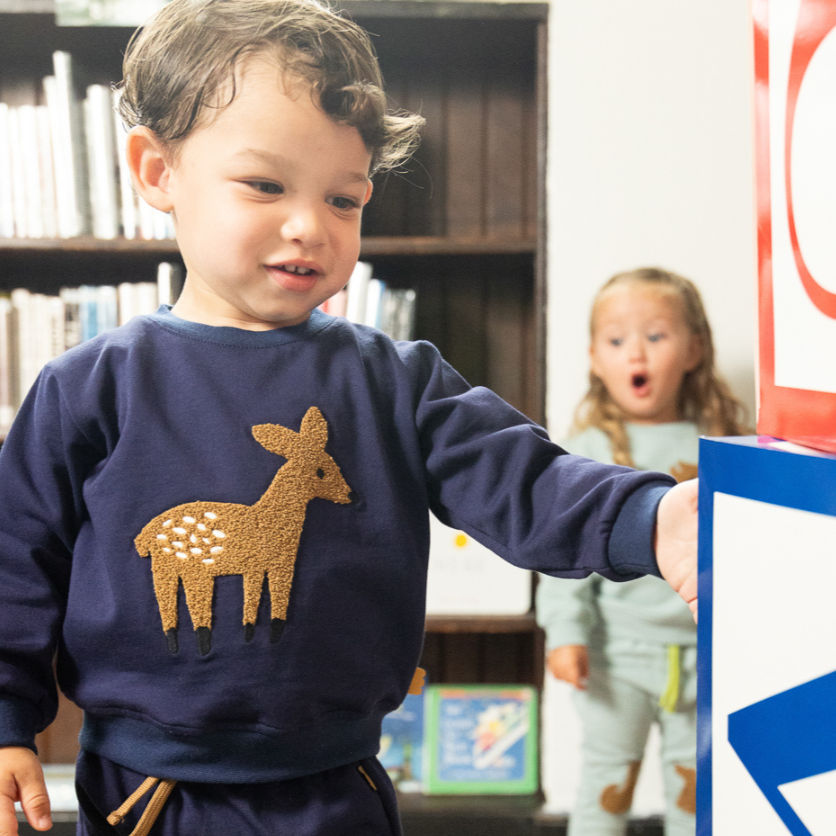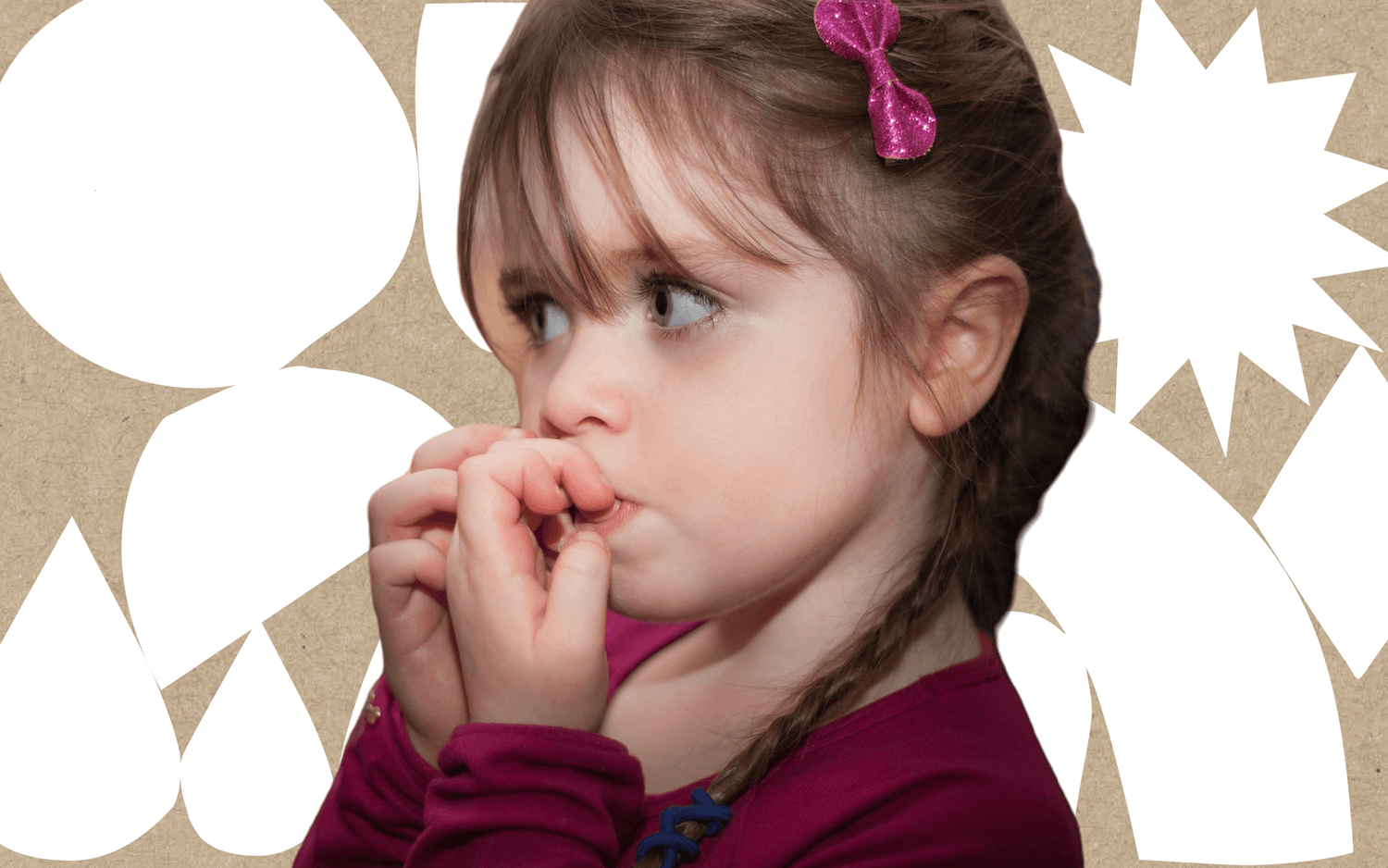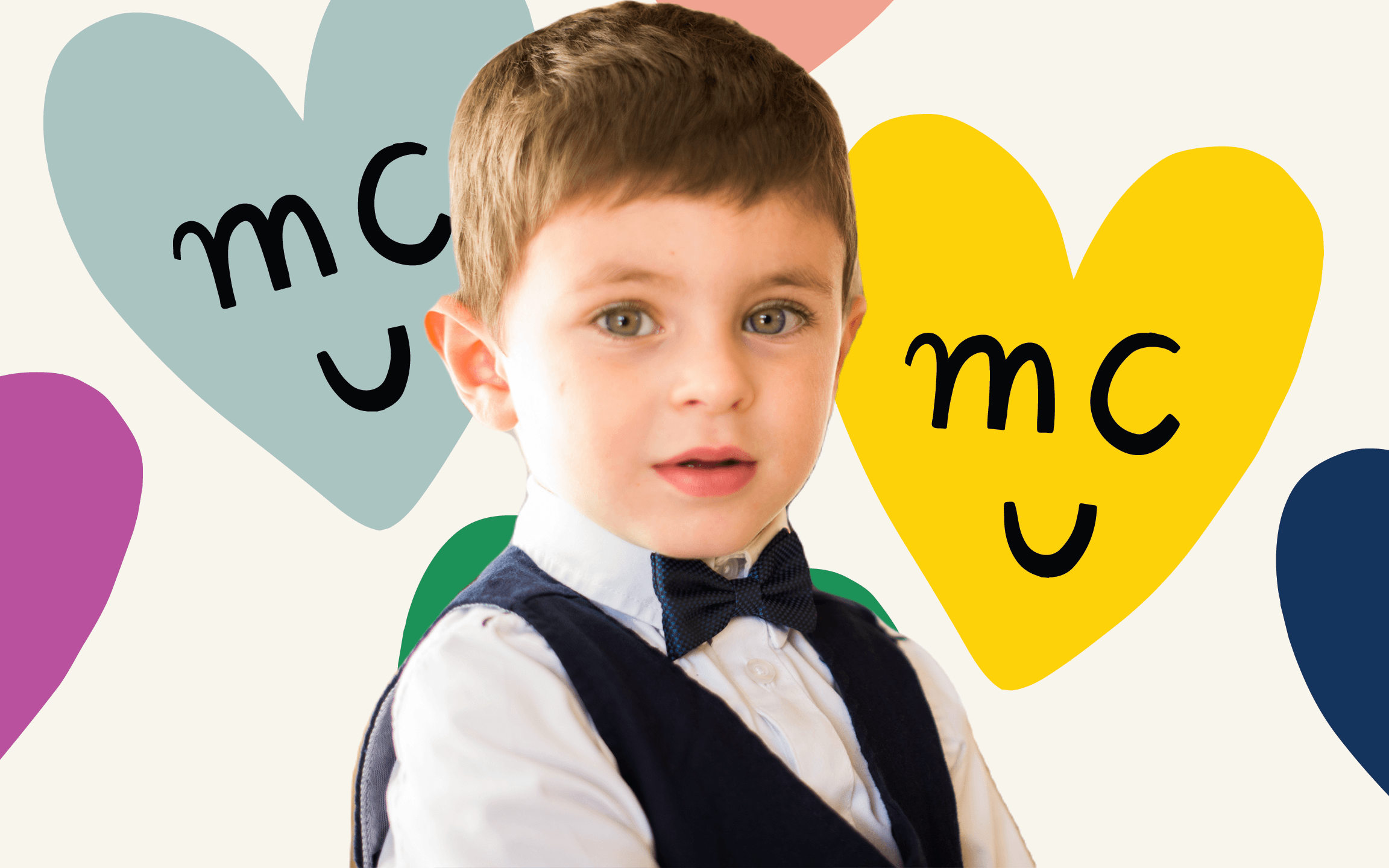When raising kids, parents will observe some interesting habits and behaviors from our kids. Some are cute, many are gross, and others will just have us puzzled. Kids are kooky, and that’s part of the joy of parenthood!
Nail-biting is one of those behaviors that nearly every kid displays at some point in their youth, and for the most part, it’s not something that should raise any major alarms.
However, you might be wondering exactly why kids bite their nails, how to determine healthy vs. unhealthy behavior, and what might be done to put a stop to the habit.
Here’s the lowdown on nail-biting and some strategies to deal with it.
The Cause of Nail Biting

Many of us adults can be sympathetic to the act of nail-biting, since we’ve all been there ourselves.
Most of the time, the reason for nail-biting isn’t much of a reason at all. It’s simply something we do out of boredom and maybe a nervous reaction to an uncomfortable or stressful situation.
For kids, the world can be a confusing or scary place, and biting their nails might give them a bit of comfort or security when things get a bit overwhelming.
Just like sucking on a pacifier or thumb or chewing on a plastic toy or blanket, nail-biting is simply another habit along these lines. Many kids are simply curious about what the heck their nails are and what they could possibly taste like – weird but true!
From that perspective, it’s important not to shame or punish young kids for nail-biting, especially if they are in the process of teething or only just starting to be comfortable with their bodies. Everything is a first-time learning experience at that age, and you want to limit judging these actions from an adult point of view.
Remember that between 30 and 60 percent of school-age kids bite their nails to some extent, and these habits even sometimes extend into young adulthood and beyond.
Possible Concerns and Hazards
While most of the medical community agrees that nail-biting usually not a cause for concern, there are some problems that can arise if nail biting is taken beyond its typical limits.
You might notice that your child has heavily chewed nails or cuticles, and there may even be some cuts or marks along the tips of their fingers. Maybe they are experiencing soreness or even acute pain in their fingers, which might prevent them from playing, doing schoolwork, or interacting with the world around them.
Some kids will also bite their nails to the point where their fingers are bloody and require bandages – that’s when you know it’s a problem.
Furthermore, nail-biting isn’t exactly sanitary, and some kids get sick more often than they should because of constantly touching surfaces before chewing on nails.
If there aren’t clear signs that nail-biting is causing harm, observe other habits that your child displays to determine if there’s some underlying issue like anxiety or chronic stress.
In some cases, nail-biting is just one symptom among many, which could also include behaviors like hair pulling, skin picking, chewing on their clothing, or other indications. Maybe your child leans on nail-biting as a “crutch” in social situations like school or other activities. This might prevent them from forming connections and making friends.
While it may be difficult to communicate with your child to figure out what’s bothering them, do your best to identify potential issues - and make it normal and acceptable to talk about these things openly.
Overcoming Nail Biting
Pediatricians mostly agree that by a certain age – usually around the age of 10 – kids usually stop biting their nails completely. Unless your child is really showing signs of unusual behavior or destructive nail-biting, this is nothing to worry about.
However, you might want to help your child stop biting their nails early on since it can be unpleasant to watch and potentially cause illness.
Parents can employ many different strategies to deter their kids from biting nails, and you may want to try a range of techniques to see what is most effective. We recommend you start by simply bringing up the subject with your child in the first place, but doing so in a non-aggressive way.
As we know, children sometimes want to be a bit rebellious or go against the grain, just because they can. Try not to make nail-biting seem like some forbidden thing, but simply as questions and bring more awareness to their actions.
Ask your child why they bite their nails or what makes them want to do it. Discuss how it makes them feel, or if there’s something on their mind that might be bothering them. These are non-threatening ways to approach the issue and can help you make progress.

If your child acknowledges that nail-biting is bad – maybe after too many band-aids – then you can work together to solve the problem. A collaborative approach is always more effective.
One useful step could be to set a routine for nail maintenance to make sure they’re always kept short, clean, and tidy. Use some clippers to do most of the work, and then try a nail file to achieve a perfect shape. Don’t let your child clip their own nails quite yet, but allow them to use the buffer so that they can take some ownership in the process.
This is also a good time to introduce some substitutes for nail-biting, whether it’s a small stress ball, piece of putty, or anything else they can use to handle stress or nervousness more effectively.
Many parents use a reward system to get their children to stop nail-biting, whether it’s a new toy, game, or tasty treat. If they avoid biting their nails for a certain duration of time – days or weeks – they will receive a reward.
Finally, if nothing else seems to work, you can try a deterrent product like a bite-averting polish or solution to put on their fingernails. Communicate what this means to your child before applying, and be careful to use it properly.
Creating Healthy Habits
Nail-biting isn’t the end of the world by any means, even if it seems to be a pressing problem at the moment.
If anything, it’s an opportunity to communicate more effectively with your child, get them talking about their behaviors and feelings, and teach them a few important lessons about self-care and responsibility for oneself.
Just like losing teeth, potty training, taking care of clothes, and other big steps, nail-biting is a chance to learn something for both you and your child.
As your child becomes more mature and starts making decisions about their health, friendships, and what to wear to school, these early lessons will help them navigate the world in a more confident and self-aware manner.
Sources:
How to Stop Children From Biting Their Nails | Very Well Family
Nail Biting, Ages 6 to 12 | Consumer Health News
Toddler Biting Nails: Causes, When to Worry, How to Stop It | Healthline







Leave a comment
This site is protected by hCaptcha and the hCaptcha Privacy Policy and Terms of Service apply.